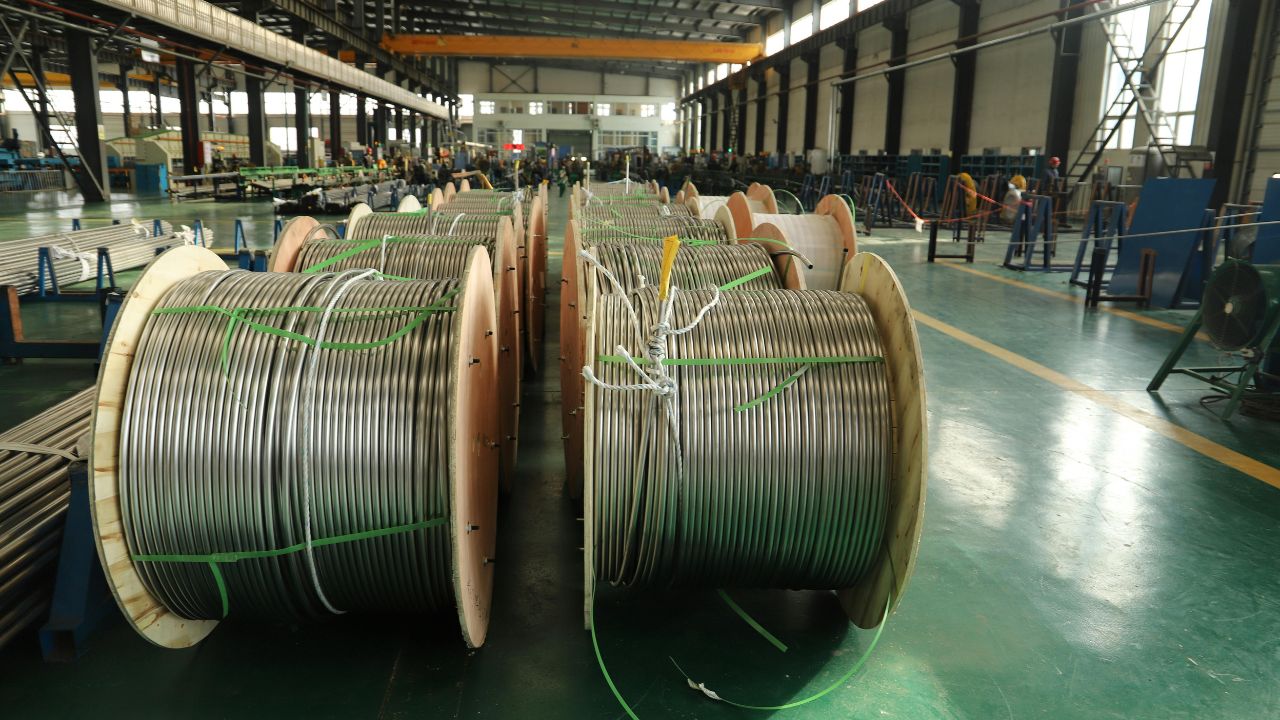For any business operating in today’s competitive marketplace, the acquisition of necessary vehicles and equipment is an essential step towards sustainability and expansion. Understanding the intricacies of vehicle and equipment finance is not just about making informed purchases—it’s about harnessing these assets for commercial growth. With an increasingly diverse range of financing options available, navigating through the financing process can be complex but rewarding when strategically implemented.
The Importance of Strategic Financing in Commercial Expansion
In the landscape of business development, having the right tools and machinery is crucial. A well-equipped organisation is more capable of taking on bigger projects, increasing productivity, and improving services or products. However, the financial implications of acquiring such assets can be significant. This is where strategic vehicle and equipment financing comes into play, enabling businesses to preserve cash flow and allocate resources efficiently.
Commercial entities that leverage vehicle and equipment finance effectively can expect to see a direct impact on their growth trajectory. The benefits extend beyond simple ownership; financing solutions often come with maintenance packages, upgrades, and flexible payment terms, which together support a company’s scalability and adaptability in the face of changing market demands.
Exploring Vehicle Finance Options for Businesses
Vehicles can be one of the largest expenses for any business, particularly for those that rely on fleets or transportation. While many understand the benefits of financing such assets, few take the time to explore the full range of available car finance options. From lease agreements to loans and hire purchases, each type of finance comes with its own set of advantages and considerations.
Choosing the right car finance solution can be pivotal. Leasing might offer lower monthly payments, ideal for businesses wanting to maintain liquidity. Conversely, a loan may suit those looking to eventually own the vehicles outright. Expert financial advice is often sought after in these situations to determine an option that aligns with the organisation’s operational and financial objectives.
Integrating Equipment Finance into Business Models
Similarly, equipment finance is an area of special interest for companies seeking to enhance their operational capabilities without the immediate financial burden. Diverse finance products enable businesses to gain access to the latest technology and machinery which might otherwise be unaffordable. The right equipment can boost efficiency, quality of output, and the overall competitiveness of a business.
Finance options for equipment vary as well, including lease-to-own arrangements, operating leases, and chattel mortgages. Decisions around these financing methods are often based on tax implications, balance sheet considerations, and cash-flow impacts. By selecting an appropriate equipment finance path, businesses can effectively manage their expansion while keeping upfront costs to a minimum.
Commercial Property Finance – Laying the Foundation for Growth
While vehicles and equipment form the operational backbone of many businesses, the significance of commercial property cannot be understated. Companies looking to scale often require additional space to accommodate new staff, storage, or manufacturing capabilities. Accessing commercial property finance helps businesses purchase, lease or develop properties that could be instrumental to their growth.
Commercial property finance is frequently a major commitment that can influence a company’s financial health for years to come. As such, the terms of the loan, the flexibility of repayments, and the interest rate will play critical roles in the decision-making process. Given its long-term impact, a comprehensive analysis alongside professional financial advice is indispensable.
Assessing the Risks and Rewards
While accessing finance solutions can provide a clear path to growth, businesses must also be mindful of the risks involved. Overburdening a company with debt can lead to cash flow problems, restrictions on future borrowing, and potential solvency issues. Therefore, the assessment of finance options should always involve a realistic appraisal of the company’s repayment capabilities and strategic planning for risk mitigation.
Furthermore, the terms and conditions associated with finance solutions must be scrutinised carefully. Transparency is key in understanding the full implications of any financial commitment. This includes being alert to hidden fees, potential penalties, and the flexibility offered in response to changing business conditions.
The Advisory Role of Finance Experts
To navigate the complexities of vehicle and equipment financing, many businesses turn to finance experts. These professionals can provide insights into market trends, interest rate movements, and product features across different financiers. Their knowledge can be invaluable in matching a company’s specific needs with the right financial products, ultimately underpinning the commercial growth being sought.
A good finance advisor works as a partner, assessing a company’s financial health, growth plans, and asset requirements before recommending bespoke financing solutions. The advisor’s role is crucial in ensuring the financing chosen does not only fit current needs but is also agile enough to accommodate future expansion.
Conclusion: Finance as a Catalyst for Growth
Conclusively, the strategic use of financing options such as vehicle and equipment finance, car finance, and commercial property finance forms a critical part of a business’s trajectory towards success and expansion. Companies that appreciate and effectively manage the nuances of these financial instruments will likely position themselves ahead in the pursuit of their commercial objectives. Always accompanied by professional advice and a thorough understanding of their own financial standings, businesses can utilise these financing paths to propel themselves forward, turning aspirational growth into tangible results.








